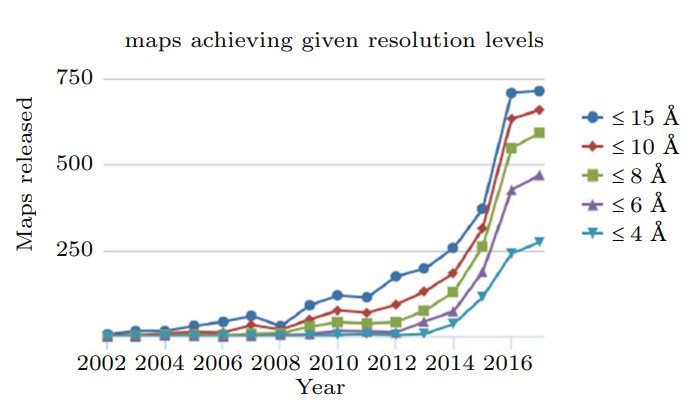Orienting the future of bio-macromolecular electron microscopy

Fei Sun
With 40 years of development, bio-macromolecule cryo-electron microscopy (cryo-EM) has completed its revolution in terms of resolution and currently plays a highly important role in structural biology study. According to different specimen states, cryo-EM involves three specific techniques: single-particle analysis (SPA), electron tomography and subtomogram averaging, and electron diffraction. None of these three techniques have realized their full potential for solving the structures of bio-macromolecules and therefore need additional development. In this review, the current existing bottlenecks of cryo-EM SPA are discussed with theoretical analysis, which include the air–water interface during specimen cryo-vitrification, bio-macromolecular conformational heterogeneity, focus gradient within thick specimens, and electron radiation damage. Furthermore, potential solutions of these bottlenecks worthy of further investigation are proposed and discussed.